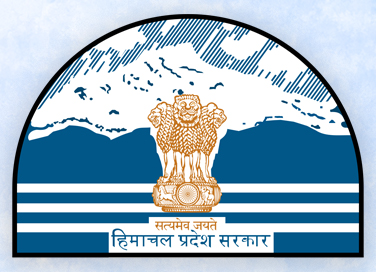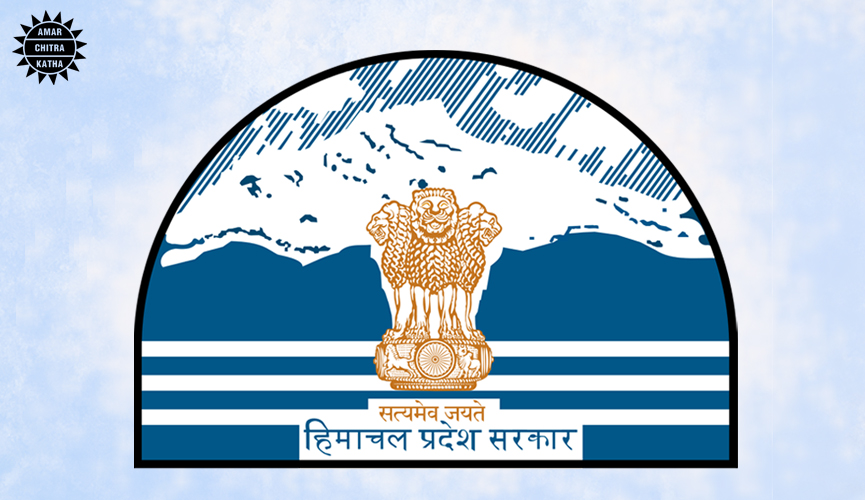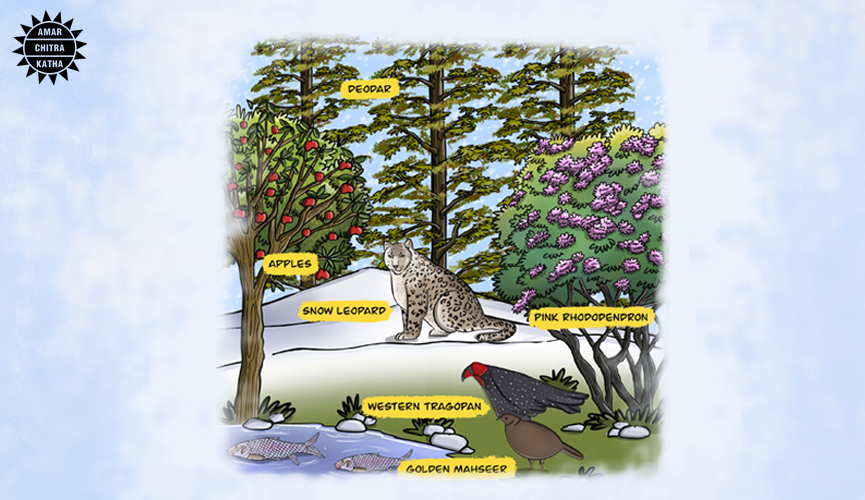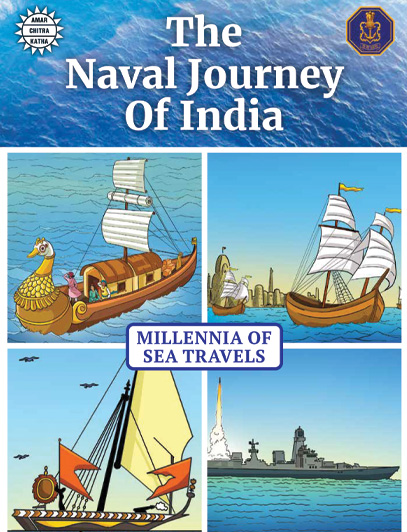The Story of Himachal Pradesh
- December 24, 2022


The Story of Himachal Pradesh
- December 24, 2022
By Srinidhi Murthy
Known as ‘Dev Bhoomi’ or ‘Land of Gods’, Himachal Pradesh was formed as the eighteenth Indian state on 25th January, 1971. It shares borders with the union territories of Jammu and Kashmir and Ladakh to the north, Punjab to the west, Haryana to the southwest, and Uttarakhand to the southeast. Read more to know some interesting facts about the region!

The region has been inhabited by humans since the beginning of civilisation. In the Vedas, the people of the region were called Nishadas, Dasas, and Dasyus. According to the Mahabharata, present-day Himachal Pradesh was made up of small republics known as Janpadas. Before the Aryans came to India, the area was occupied by the Kol tribe and later by Mongoloid people known as Bhotas and Kiratas. The Kiratas were not only great traders but also skilled in archery and warfare. A long war between them and the Aryans was waged for forty years; but at the end, the Kiratas were defeated and the Aryans successfully conquered the region. Later, Chandragupta Maurya subdued most of this land. His grandson, Ashoka, extended his boundaries to the Himalayan region and introduced Buddhism to its people.
To receive more such stories in your Inbox & WhatsApp, Please share your Email and Mobile number.
After the decline of the Gupta empire, Emperor Harshavardana conquered most of the area. But decades after his death, Rajputs moved to the hills in the region and established small states provinces such as Kangra, Nurpur, Suket, Mandi, Kutlehar and Baghal, among others. The hill kingdoms enjoyed their independence until the Mughals invaded, looting wealth from the temples of North India. Muhammad of Ghazni conquered Kangra at the beginning of the 10th century, while Timur and Sikander Lodi captured several forts in the lower hills.
In 1768, a martial tribe called the Gorkhas came to power in Nepal and began expanding their territory. They managed to annex the Sirmour and Shimla but, despite a long siege, could not capture Kangra fort. When they tried to conquer the South, it posed a conflict with the East India Company, resulting in the Anglo-Gorkha War. The British expelled the Gorkha tribe from the provinces of Sutlej and established their supremacy in the region, annexing the areas of Shimla.
The people of present-day Himachal Pradesh, along with the rest of the country, actively participated in the non-cooperation movement. Prominent freedom fighters from the region were Dr Y.S. Parmar, Padam Dev, Daulat Ram, Purnanand, Thakur Hazara Singh, and more. The farmers of Sirmour started the Pajhota revolt, a call for agrarian reforms, to support the Quit India Movement in 1942.

After Indian independence in 1947, Himachal Pradesh went through many changes. It was organised into the Chief Commissioner’s province of Himachal Pradesh on 15 April, 1948. Eight years later, it became a union territory. In 1966, its borders were expanded to include Kangra and hilly areas of Punjab. Finally, on 26 January, 1971, full statehood was granted to Himachal Pradesh. Its first Prime Minister was Dr Y.S. Parmar, one of the state’s biggest freedom fighters.
The four legs of Himachal Pradesh’s economy are horticulture, agriculture, tourism and hydropower. In 2016, it was declared India’s second open-defecation-free state. According to a survey by the Centre for Media Studies in 2017, it was also found to be the least corrupt state in India. Some of its popular tourist destinations are Manali, Shimla, Dalhousie and more.
To receive more such stories in your Inbox & WhatsApp, Please share your Email and Mobile number.

Comic of The Month
The Naval Journey of India Book I
This book is the first of a three-book series that takes a deep and detailed look at India's Naval History and a deep insight into the lives of our men and women in white. But any series on the Indian Navy has to start at the very beginning - exploring India's celebrated maritime history. Join our little hero, Bharat, and his grandfather, Commodore Sagar, as they sail into the deep blue waters of time. Book I of The Naval Journey of India takes a sweeping look at India's maritime endeavours, how the seas impacted us over millennia and how the oceans made us who we are.